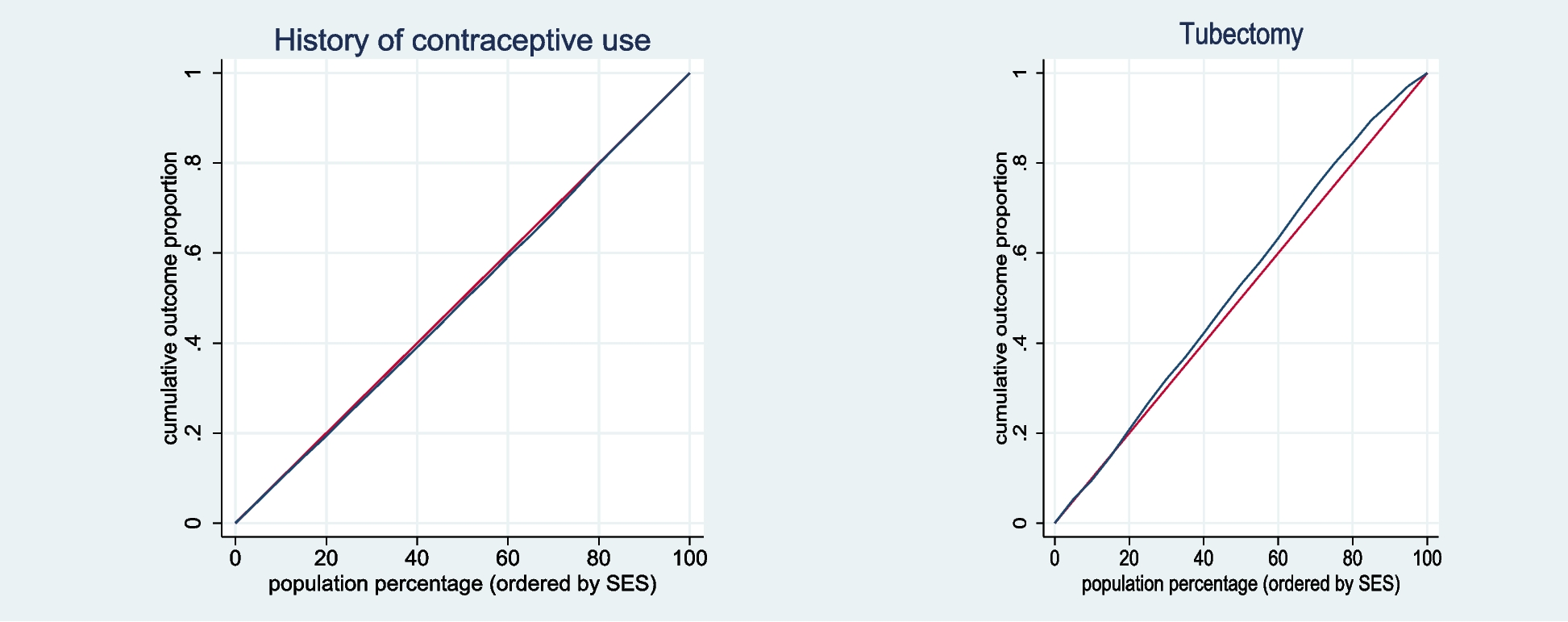One billion people in Africa still lack clean cooking solutions but IEA’s new roadmap shows cost-effective path to eradicate major energy poverty, health and development issue
African countries can close one of the continent’s most harmful energy and development gaps in just 15 years if they replicate the progress seen in other developing economies, according to a new IEA report showing how universal access to clean cooking could be achieved across sub-Saharan Africa by 2040.
Today, four in five families across the continent still cook with polluting fuels like wood, charcoal or dung, often over open fires or basic stoves. These practices contribute to over 800 000 premature deaths each year due to household air pollution – mostly among women and children – and trap millions more in poverty with significant impacts on health, gender equality and economic opportunity.
The new report – Universal Access to Clean Cooking in Africa – features the first comprehensive mapping of clean cooking infrastructure across sub-Saharan Africa, combined with an assessment of the cost and accessibility of each cooking solution down to the square kilometre. This detail informs a country-by-country roadmap for how sub-Saharan Africa can replicate the most effective policies, financing models and business strategies seen elsewhere, while adapting them to local contexts.
The report also tracks the outcomes of the Summit on Clean Cooking in Africa – held in May 2024 in Paris by the IEA and its partners – which mobilised over $2.2 billion in public and private sector commitments. According to the report, more than $470 million of those commitments has already been disbursed. In parallel, 10 out of 12 African governments that took part in the Summit have enacted or implemented new clean cooking policies – and more than 70% of people in Africa without access to clean cooking now live in countries that strengthened their policy frameworks since 2024.
“As geopolitical uncertainties dominate headlines and international cooperation is severely tested, lack of clean cooking access remains one of the great injustices in the world and a clear example of a cause all countries agree must be addressed. Nowhere is it more visible than in Africa where one billion people still rely on open fires or basic stoves. The IEA has been at the forefront on the clean cooking issue for over two decades, and 2025 can be a turning point for Africa if we build on the commitments made at our landmark summit,” said IEA Executive Director Fatih Birol.
“This new IEA report provides a clear, data-driven roadmap for every household across Africa to gain access,” he added. “The problem is solvable with existing technologies, and it would cost less than 0.1% of total energy investment globally. But delivering on this will require stronger focus and coordinated action from governments, industry and development partners. With South Africa’s G20 Presidency in 2025, there is an opportunity to accelerate efforts on one of the most consequential investments the world can make for Africa’s future.”
Under the new roadmap in the report, 80 million people gain clean cooking solutions each year, representing a sevenfold acceleration from today’s pace. Through a granular, country-by-country analysis, the roadmap is based on real-world conditions, ensuring that the technology and fuel choices are viable and aligned with consumer preferences and infrastructure realities.
In the roadmap, liquefied petroleum gas (LPG) provides access for over 60% of newly connected households, with the rest gaining access through growing shares of electricity, bioethanol, biogas and advanced biomass cookstoves. Urban areas reach near-complete access by 2035 while rural access expands steadily through the 2030s.
Achieving universal access in Africa requires $37 billion in cumulative investment to 2040, equivalent to roughly $2 billion per year, or less than 0.1% of what the world invests annually in energy. This includes upfront spending on household equipment such as stoves, fuel cylinders and canisters, as well as enabling infrastructure like fuel distribution networks, storage terminals and electricity grid upgrades.
The new roadmap shows the far-reaching benefits of reaching universal access. Over 4.7 million premature deaths could be avoided cumulatively between now and 2040 in Africa. Women and girls could recover roughly two hours a day, freeing time for education and work. The amount of time gained would match the total annual working time of the entire labour force of Brazil today. Meanwhile, 460 000 new permanent jobs would be created in the clean cooking value chain, primarily in fuel distribution, retail services, and equipment maintenance – comparable to the total number of electric utility workers in Africa today.
There are also major climate and environmental benefits to progress on clean cooking. While the pathway entails some additional energy-related emissions from greater LPG and electricity use, these are dramatically outweighed by reductions in emissions from forest degradation and the incomplete combustion of wood-based fuels. As a result, 540 million tonnes of greenhouse gas emissions are avoided annually in 2040.
As part of its ongoing commitment, the IEA will continue to track the delivery of the 2024 Summit pledges, reporting regularly on policies, financing flows and real-world outcomes. This coincides with the momentum on the African continent, where leadership by the African Union and the Government of Tanzania – both longstanding champions of clean cooking access in Africa – culminated in the recent Dar es Salaam Declaration. Senior representatives of both the African Union and Tanzania will take part in the launch event of the report today.
President Samia Suluhu Hassan of Tanzania said:
“Tanzania was proud to co-host the IEA Summit on Clean Cooking, and we are already seeing the impact of our shared commitments. Clean cooking is not a luxury. It’s an issue that touches every family, every day. From rural villages to growing cities, Tanzania is introducing new policies that will support the most vulnerable in society. But we cannot do it alone. Continued support from partners and investors is essential to reach every home, and to build a healthier, more equal future for people in Tanzania and across Africa. The African Union Dar es Salaam Declaration on clean cooking, signed earlier this year by 30 Heads of State from across Africa and now adopted by the AU Assembly in February this year is a clear signal of our commitment to making energy access and clean cooking a national and continental priority.”
African Union Commissioner for Infrastructure and Energy Lerato Mataboge said:
“Clean cooking is a fundamental need and a foundation for health, equality, and economic empowerment, especially for women and girls across the continent. The African Union is proud to see growing momentum behind this issue, and we urge all partners to sustain their efforts. With strong political commitment, targeted finance and regional cooperation, we can make universal access to clean cooking a reality for every African household. The IEA’s leadership in convening partners and tracking progress has been instrumental in elevating clean cooking on the global agenda and turning pledges into real action on the ground.”








 allowfullscreen=”allowfullscreen” frameborder=”0″>
allowfullscreen=”allowfullscreen” frameborder=”0″>